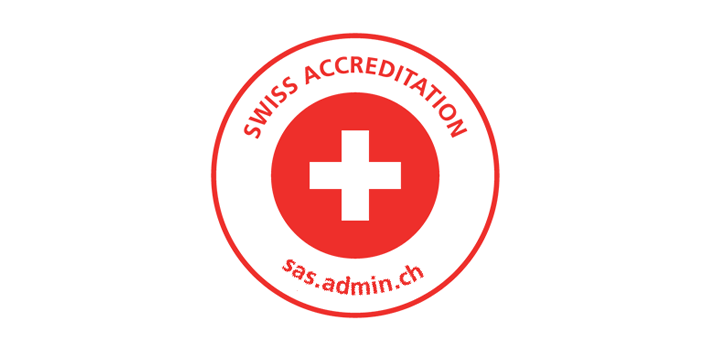The International Standard for IBAN has just been updated.
Long gone are the days when money wired overseas took days to arrive and sometimes didn’t arrive. The International Bank Account Number (IBAN) allows for the safe and rapid transfer of funds worldwide. It represents the universally agreed way of identifying bank accounts in almost a hundred countries and territories. An instrumental tool, it is made possible thanks to the two-part ISO standard, ISO 13616, which has just been revised.
ISO 13616-1, Financial Services – International bank account number (IBAN) – Part 1: The structure of the IBAN specifies the elements of an international bank account number (IBAN) used to facilitate the processing of data internationally in data interchange. It is complemented by the soon-to-be-published ISO 13616-2, Financial Services – International bank account number (IBAN) – Part 2: Role and responsibilities of the Registration Authority, which details the procedures for registering IBAN formats and the data elements that make up the registry.
First developed in 1997, the standard provides a method for creating a code that fits into banks’ existing systems and removes the risk of confusion when transferring money between banks and countries.
ISO 13616 provides a method that requires a minimum amount of change to existing systems and proposes a means of structuring the information that promotes automated processing of the information provided. In this way, it saves significant time by reducing the need for manual intervention to process the data and improves confidence and accuracy.
In developing ISO 13616, the ISO technical committee behind the series recognized that a single, universal method for identifying the account and banking relationship for customers of financial institutions was not practical and would be too costly to implement. The two-part ISO 13616, therefore, acknowledges the fact that financial institutions would wish to retain, wherever possible, their current national identification methods.
Paul Janssens, Programme Director at SWIFT, the Registration Authority for the IBAN, said: “In an era of digitalization and faster payments, the ISO IBAN standard plays a pivotal role as it improves the accuracy of bank account numbers and enables validation and further automation of payment processing.”
ISO 13616-1 and ISO 13616-2 were developed by the technical committee ISO/TC 68, Financial services, subcommittee SC 8, Reference data for financial services, and the secretariat held by SNV, ISO’s member for Switzerland. They can be purchased from your national ISO member or the ISO Store, or reach out to CCQM for the purchasing arrangement.













